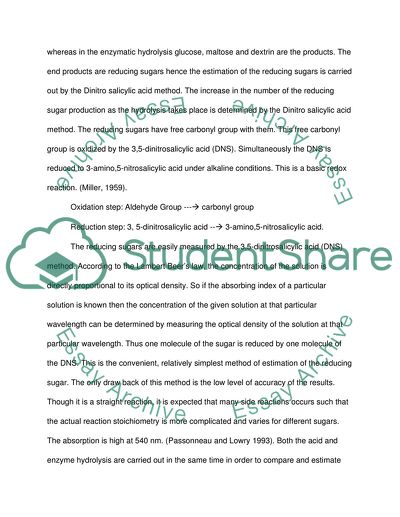Cite this document
(Acid and Enzymatic Hydrolysis of Glycogen Lab Report, n.d.)
Acid and Enzymatic Hydrolysis of Glycogen Lab Report. https://studentshare.org/chemistry/1566701-the-acid-and-enzymatic-hydrolysis-of-glycogen
Acid and Enzymatic Hydrolysis of Glycogen Lab Report. https://studentshare.org/chemistry/1566701-the-acid-and-enzymatic-hydrolysis-of-glycogen
(Acid and Enzymatic Hydrolysis of Glycogen Lab Report)
Acid and Enzymatic Hydrolysis of Glycogen Lab Report. https://studentshare.org/chemistry/1566701-the-acid-and-enzymatic-hydrolysis-of-glycogen.
Acid and Enzymatic Hydrolysis of Glycogen Lab Report. https://studentshare.org/chemistry/1566701-the-acid-and-enzymatic-hydrolysis-of-glycogen.
“Acid and Enzymatic Hydrolysis of Glycogen Lab Report”. https://studentshare.org/chemistry/1566701-the-acid-and-enzymatic-hydrolysis-of-glycogen.


